Introduction
Also known as the pink eye, conjunctivitis is the inflammation of the thin transparent tissue lining the white part of your eyes and the inside of your eyelids.
When you have this condition, blood vessels in your conjunctiva become more visible due to the inflammation. As a result, your eyes appear pink or red. Conjunctivitis is of three types; bacterial, viral, and allergic. Pink eye and conjunctivitis are not interchangeable terms. Conjunctivitis is a broad term, while pink eye refers to viral conjunctivitis only.
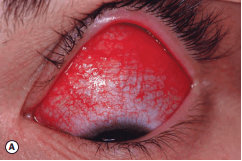
Conjunctivitis is very contagious, and anyone can get it if they are in close contact with someone who has this condition. It spreads very fast among school children, college students, teachers, and people in groups and may take the form of an epidemic! It is one of the most common eye infections in children and adults.
You can get conjunctivitis in one or both eyes. When it occurs in both eyes, it is usually viral conjunctivitis. In this article, we explain the types, causes, symptoms, and treatments for all types of conjunctivitis.
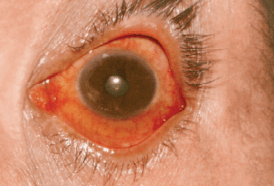
Conjunctivitis Causes And Types
Conjunctivitis has three main types, infectious, allergic, and chemical. The cause of conjunctivitis varies depending upon the type.
Infectious Conjunctivitis
It can be any of the following:
- Bacterial Conjunctivitis:
Staphylococcus or Streptococcus bacteria present on your skin or respiratory system usually cause bacterial conjunctivitis. Common predisposing factors include poor hygiene and a hot, dry climate. This type of conjunctivitis leads to sore, red eyes with sticky pus. You get bacterial conjunctivitis by touching your eyes with dirty hands, sharing makeup, or physical contact with someone who has it already.
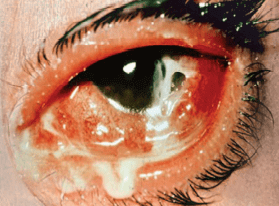
- Viral Conjunctivitis:
Also known as pink eye, viral conjunctivitis is caused by the same viruses that cause the common cold–i.e., runny noses and sore throats. The virus that causes conjunctivitis may be adenovirus, rubella, or herpes. Viral conjunctivitis causes burning, pink eyes with watery discharge. You can get viral conjunctivitis if you have a common cold. Since the tears drain into the nose, forceful nose blowing can cause a virus to move from your respiratory system to your eyes. You can also get it when someone with common cold coughs or sneezes in front or near you.
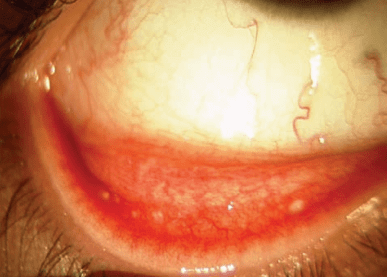
- Ophthalmia Neonatorum:
The eyes of a newborn are susceptible to bacteria present in the mother’s birth canal. These bacteria cause no symptoms in the mother. However, rarely an infant— while passing through the birth canal, gets the bacteria and develops a severe form of conjunctivitis known as ophthalmia neonatorum, which needs treatment without delay to preserve sight. That’s why, shortly after birth, an antibiotic ointment is applied to every newborn’s eyes. The ointment helps prevent eye infection. This is a severe condition that could lead to permanent eye damage if not treated immediately.

Allergic Conjunctivitis:
It occurs more commonly among people who already have seasonal allergies. They develop it when they contact a substance that triggers an allergic reaction in their eyes.

There is another form of allergic conjunctivitis known as Giant papillary conjunctivitis. It occurs due to the chronic presence of a foreign body in the eye. People who wear contact lenses or have a prosthetic eye are more likely to develop this form of conjunctivitis.
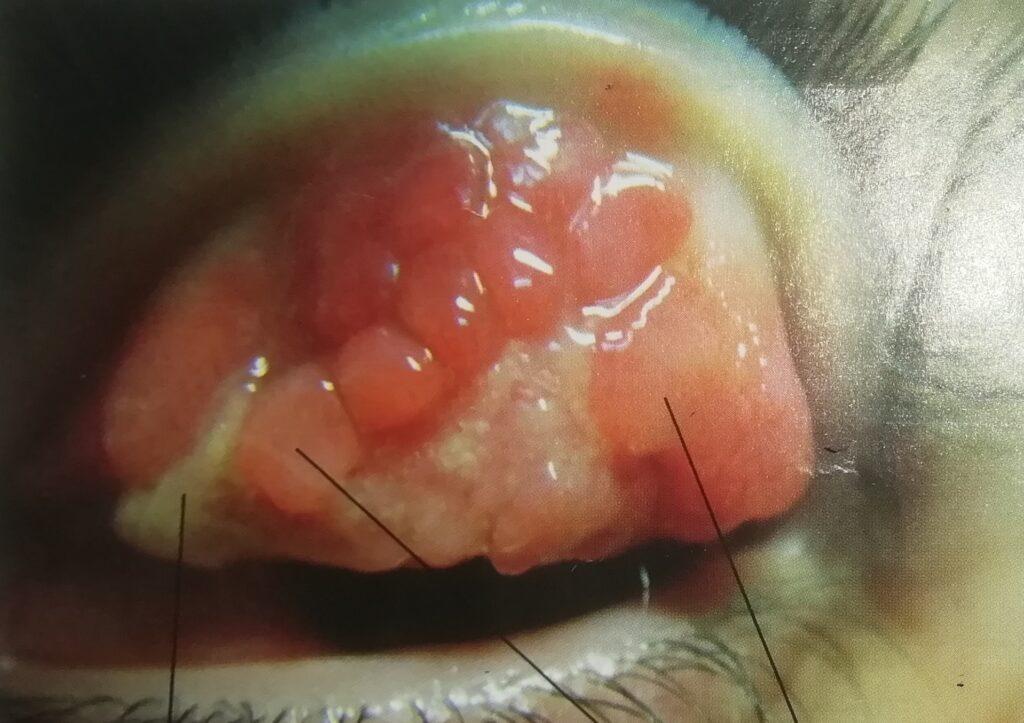
Chemical Conjunctivitis
Chemical Conjunctivitis is caused by irritants like air pollution, cigarette smoke, chlorine in swimming pools, and exposure to other chemicals.
Conjunctivitis Symptoms
Different types of conjunctivitis come with slightly varying symptoms. In general, when you have conjunctivitis, you may experience the following symptoms:
- pink or red appearance of your eyes
- a foreign body feeling or gritty sensation
- watery or thick discharge that forms crusts over your eyelashes at night (bacterial conjunctivitis)
- Blurred or fuzzy eyesight
- Itching in your eyes
- Pain and tenderness (in bacterial conjunctivitis)
- Watering or tearing from the eyes
- Burning or stinging sensation
- Mild light sensitivity or photophobia
- Swelling of your eyelids
- Sleepiness and tiredness in the eyes
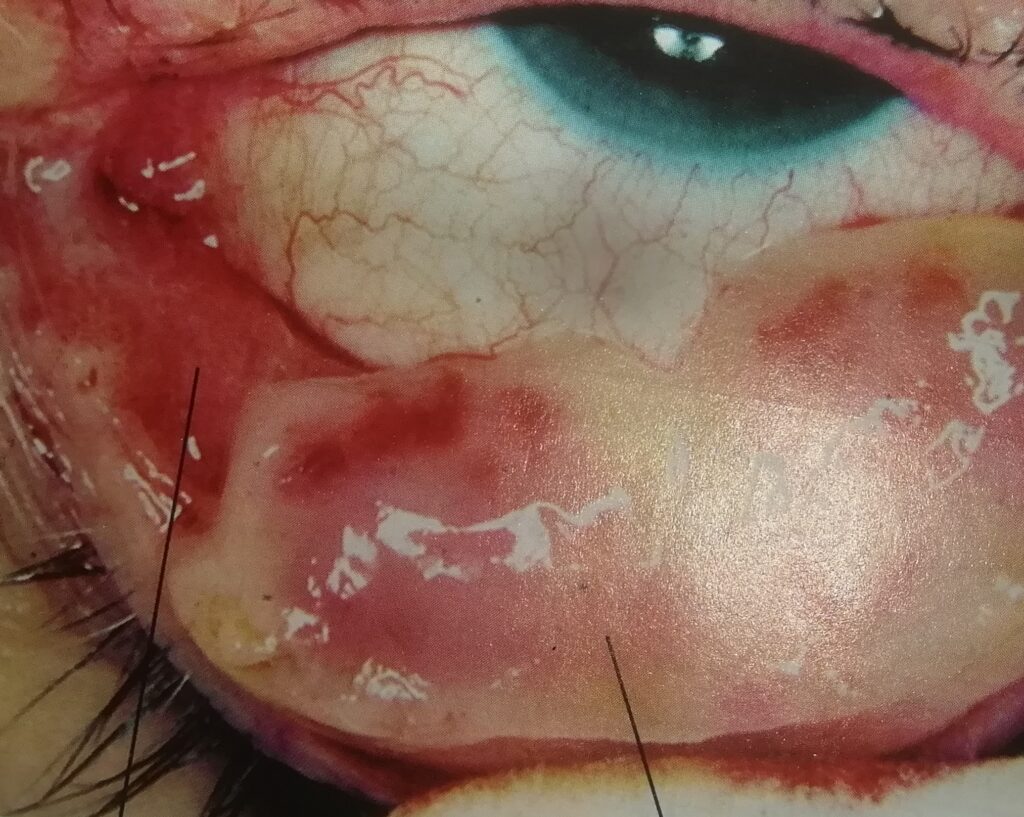
Is Conjunctivitis Contagious?
Conjunctivitis is very contagious, be it bacterial, viral, or allergic. It is why it spreads in schools, colleges, or other crowded places so fast. You can get conjunctivitis when you touch someone’s eye with the problem. Or they touch your hands after rubbing their eyes, and then you touch yours and transfer the bacteria or the virus. You can contact conjunctivitis as long as the person next to you has it.
If you already have pink eye, you can help keep your friends and family safe by doing the following:
- Wash your hands regularly.
- Avoid sharing towels or washcloths.
- Change your towel and washcloth daily.
- Replace eye cosmetics after your infection clears.
- Avoid sharing makeup
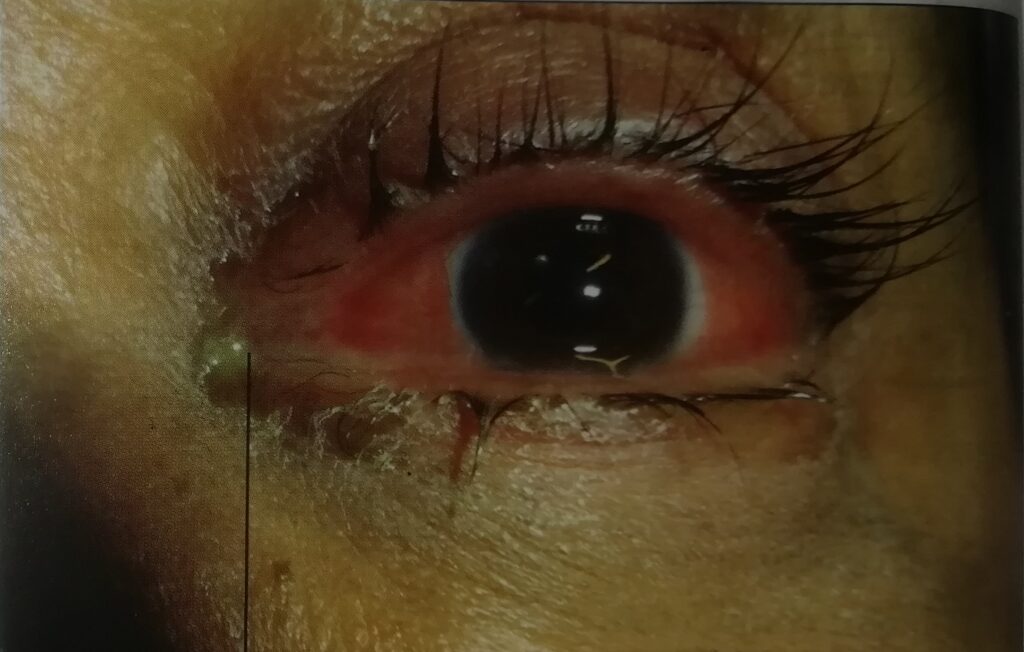
Diagnosis Of Conjunctivitis
Your doctor diagnoses conjunctivitis through a comprehensive examination of the eye. They test your eyes, emphasizing the conjunctiva and surrounding tissues. The examination and tests may include:
- Your history of presenting complaints to determine the symptoms, when they began, and whether any general health or environmental conditions are contributing to the problem.
- Visual acuity measurements to determine whether vision has been affected. They also check for photosensitivity.
- Evaluation of the conjunctiva and external eye tissue using bright light and magnification.
- Evaluation of the inner structures of the eye to ensure that no other tissues are affected by the condition.
- Supplemental testing may include taking cultures or smears of conjunctival tissue. It is done when your condition is chronic and is not responding to treatment.
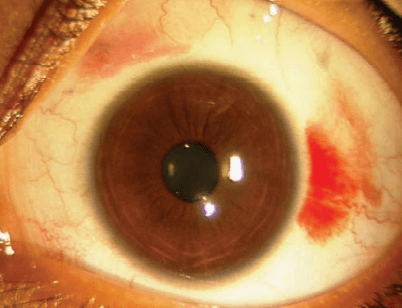
Conjunctivitis Treatment
The treatment depends on the cause. Some treatment options work for all types of conjunctivitis, while others are specific to the kind. You can handle your conjunctivitis as follows:
1. Eyedrops Or Ointments
You have several over-the-counter treatments options available at your hand. You can use the rule of four to follow the treatment plan, i.e., four drops, four times, for at least four days. However, you can extend treatment beyond four days if needed. Beware of steroids as they may do more harm than good. Contact your doctor for more details, and they will better tell you what you need.
Your eyedrop options include the following:
- OTC artificial tears can help ease the symptoms of all types of conjunctivitis. Carboxymethylcellulose and glycerin are the two best-known ophthalmic lubricants. They help to lubricate the eye and maintain moisture. Others include Hypromellose, Polyethylene glycol, etc.
- Nonsteroidal anti-inflammatory drugs, also known as NSAIDs, reduce inflammation, redness, and itching. They are available as eye drops and may cause a burning sensation when applied, but it usually subsides over time.
For Bacterial Conjunctivitis
If you have bacterial conjunctivitis, you can begin using chloramphenicol eyedrops. Chloramphenicol is an OTC broad-spectrum antibiotic for conjunctivitis and other eye infections. However, many conjunctivitis antibiotics, such as gentamycin, tobramycin, ciprofloxacin, are not available over-the-counter. And you would need a prescription to buy.
For Viral Conjunctivitis
No specific treatments are available for viral conjunctivitis. Your body fights the virus, and the inflammation subsides on its own, as happens with the common cold and other viral infections.
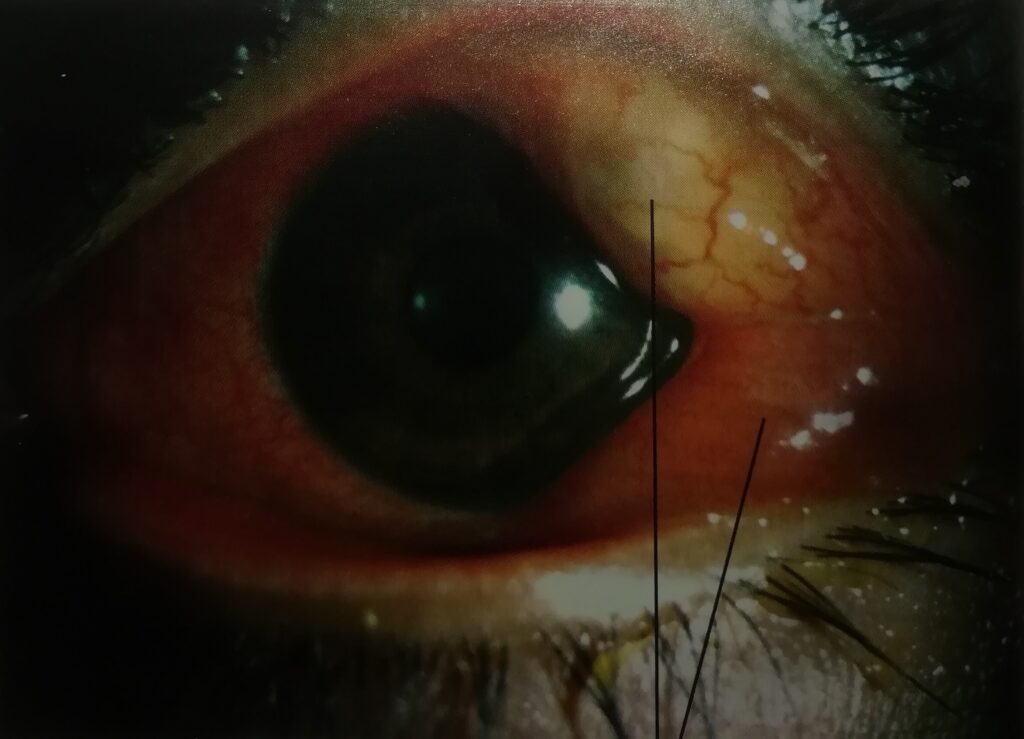
For Allergic Conjunctivitis
Antihistamines like Ketotifen, pheniramine and olopatadine effectively relieve symptoms of allergic conjunctivitis. You may also need a decongestant like Naphazoline. Mast-Cell Stabilizers are another anti-allergic medications that act by preventing the body from releasing histamine during an allergic reaction. However, they may take up to two weeks to begin working. And they can be effective in people with seasonal allergic conjunctivitis or those who have an allergic reaction to contact lenses. All the anti-allergic medications are available in eyedrops.
For Chemical Conjunctivitis
A doctor can best guide you on the treatment for chemical conjunctivitis. Careful flushing of eyes with saline is a standard treatment for chemical conjunctivitis. If chemical spills in your eye, flush the eye for several minutes with a lot of water before seeing your medical provider.
2. Warm Compresses
To relieve the discomfort associated with viral, bacterial, or allergic conjunctivitis, apply either a warm or cold compress— whichever feels the most soothing to you —with a moist washcloth or hand towel to your closed eyelids: three or four times a day. To make a compress, soak a clean cloth in warm water and wring it out before applying.
Warm compresses help reduce the sticky buildup of discharge on the eyelids or crust that forms on your eyelashes, while cold compresses help relieve itching and inflammation. Use a different washcloth for each eye.
3. Avoid touching or rubbing your eyes!
Your fingers are one of the dirtiest parts of your body. They contain the most bacteria and other infectious microbes. So keep your hands away from your eyes to prevent the transfer of any bacteria. You can also irritate your eyes and delay healing.
4. Rinse Your Eyes
Your eyelid may become swollen, and it may get difficult to open your eyes in the morning. Sometimes, your eyes may get sticky and form crusts. Do not be harsh on your eyelids when removing these crusts and cleaning your eyes. Use warm saline or normal water to wash your eyes to maintain cleanliness. But too much washing is not good and may delay healing.
For conjunctivitis caused by a mild irritant, like shampoo or perfume spray, sometimes rinsing the eye with cold or lukewarm water for at least five minutes can help relieve the discomfort.
5. Wear Dark Glasses
If you have photosensitivity, wear dark glasses or dark shade for comfort.
6. Avoid Contact Lenses
Contact lenses are often the source of initial infection, and they can delay or cause reinfection. So remove contact lenses and wear glasses instead for 10 to 12 days, or until the condition subsides.
After conjunctivitis has gone, carefully disinfect those lenses or, even better, discard them and even their cases and buy a new pair.
7. Stop Wearing Makeup
For many people, eye makeup is the source of infection. Stop wearing makeup until your condition subsides, and do not share your makeup with others. It may be the reason you got conjunctivitis.
8. Avoid Triggers
If you know what triggers symptoms of conjunctivitis, avoid them if possible. If you are prone to allergic conjunctivitis, limit the amount of time you spend outside when pollen or other allergen levels are high or take allergy medications that can help prevent symptoms.
Keeping the windows and doors closed during seasons with high pollen counts can prevent allergens from entering your home. Try not to let dust gather at home and treat any mould.

How Long Does conjunctivitis Last?
The duration of conjunctivitis depends upon the type. Like the common cold, viral conjunctivitis does not last long. It usually takes 7 to 14 days to clear up on its own. Sometimes, it may hang on and take 2 to 3 weeks or more.
Bacterial conjunctivitis also does not last long. It often improves in 2 to 5 days without treatment. Sometimes, it may take longer and clear in 2 weeks or more.
Allergic conjunctivitis, however, lasts longer than the other types. It remains for weeks or even months and can occur around the same time every year. It depends on the allergen. When the allergen exposure is reduced, conjunctivitis goes away.
Chemical conjunctivitis depends upon exposure to the chemical. When there is no exposure, it subsides in 2 to 4 days.
What Are The Complications Of Conjunctivitis?
Conjunctivitis usually does not cause complications. However, sometimes it does and may even cause severe ones. It may involve cornea and cause keratitis–inflammation of the transparent, protective layer preset in front of the eye. Keratitis can have serious complications such as corneal ulcer and corneal perforation, some potentially blinding conditions. Other Complications may include:
- Severe dry eyes
- Corneal and conjunctival scarring
- Chronic infection of the eyes
- Astigmatism (a vision problem due to error in the shape of the cornea)
- Symblepharon (adhesion between conjunctiva under eyelids and eyeball conjunctiva or the cornea)
How To Prevent Conjunctivitis?
Practice good hygiene to control the spread of pink eye. For instance:
- Do not touch your eyes with your hands.
- Wash your hands often.
- Use a clean towel and washcloth daily.
- Do not share towels or washcloths.
- Change your pillowcases as often as possible.
- Protect your eyes from dirt and other things that irritate them.
- Throw away your eye cosmetics, such as mascara.
- Do not share eye cosmetics or personal eye-care items.
- Keep your contact lenses clean if you wear them
- Follow your doctor’s instructions
Pink eye is no more contagious than the common cold you get. You can return to your work, school, or child care if you like or can not take time off. However, try to stay consistent in practicing good hygiene.





